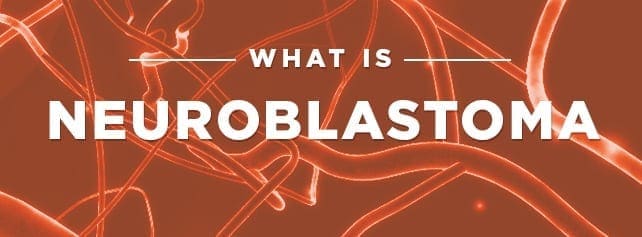Neuroblastoma
Neuroblastoma starts in immature forms of nerve cells (called neuroblasts) usually found in the embryo or fetus.
Neuroblastoma occurs most often in young children or infants and rarely occurs in children over 10 years old. This type of cancer affects the sympathetic nervous system so neuroblastomas can be found anywhere along with this system.
The most common starting location of neuroblastoma is the sympathetic nerve ganglia around the adrenal glands which sit on top of the kidneys. However, neuroblastoma can develop in nerve cells located in other parts of the abdomen, chest, neck, or spinal area.
Neuroblastoma can vary in behavior with some spreading quickly and others growing slowly. Sometimes the cancer will die for no apparent reason and go away on its own. Treatment for your child will vary depending on the kind of neuroblastoma diagnosed.



